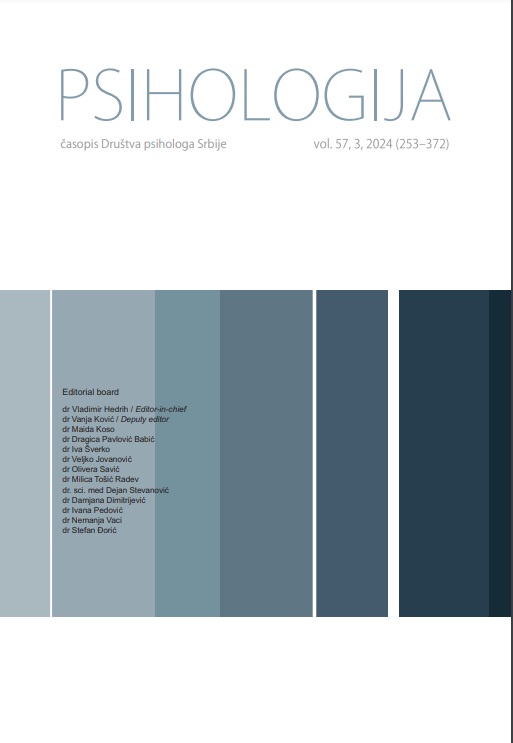Analysis of the brain’s responses to the approach-avoidance behavior in architectural experience
Analysis of the brain’s responses to the approach-avoidance behavior in architectural experience
Author(s): Navid KhaleghimoghaddamSubject(s): Anthropology, Architecture, Cognitive Psychology, Experimental Pschology, Neuropsychology
Published by: Društvo psihologa Srbije
Keywords: architectural experience; approach; avoidance; fMRI
Summary/Abstract: Creating an optimal environment that addresses the users’ psychological and behavioral needs requires a deep understanding of mental processes. Advances in neuroscience and applying its technical methods, such as neuroimaging, have provided the possibility to make an objective exploration of how architecture affects users’ brain reactions. This study aims to objectify the effects of spatial characteristics of architectural settings on the brain’s responses and the users’ approach-avoidance behavior. Therefore, to determine the regional activation of the nervous system responsible for emotions and approach-avoidance behavior, participants’ brains were scanned with functional magnetic resonance imaging while looking at photographs of architectural spaces. Results showed that the pleasant and unpleasant spaces activate the brain structures involved in positive and negative emotions. Additionally, pleasant and unpleasant spaces were more likely to elicit inter and exit decisions and activate the brain’s regions engaged in approach and avoidance decisions.
Journal: Psihologija
- Issue Year: 57/2024
- Issue No: 3
- Page Range: 287-305
- Page Count: 19
- Language: English

